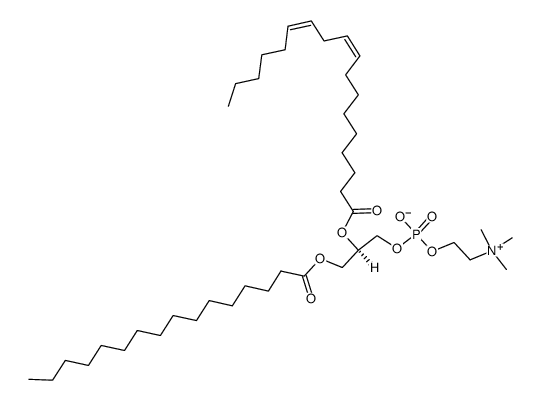Lipidomic analysis of human plasma reveals ether-linked lipids that are elevated in morbidly obese humans compared to lean.
Elise L Donovan, Stefan M Pettine, Matthew S Hickey, Karyn L Hamilton, Benjamin F Miller
Index: Diabetol. Metab. Syndr. 5 , 24, (2013)
Full Text: HTML
Abstract
Lipidomic analysis was performed to explore differences in lipid profiles between plasma from lean and obese subjects, followed by in vitro methods to examine a role for the identified lipids in endothelial cell pathophysiology.Plasma was collected from 15 morbidly obese and 13 control subjects. Lipids were extracted from plasma and analyzed using LC/MS, and MS/MS to characterize lipid profiles and identify lipids that are elevated in obese subjects compared to lean.Orthogonal partial least squares-discriminant analysis (OPLS-DA) modelling showed that lipid profiles were significantly different in obese subjects compared to lean. Analysis of lipids that were driving group separation in the OPLS-DA model and that were significantly elevated in the obese group led to identification of a group of ether-linked phosphatidylcholine (PC) and phosphatidylethanolamine (PE) lipids of interest. Treatment of human coronary artery endothelial cells with the ether-linked phosphatidylethanolamine induced expression of cell adhesion molecules, a hallmark of endothelial cell activation. However, oxidized phosphatidylcholine products that can induce endothelial cell activation in vitro, were not significantly different between groups in vivo.These data suggest a role for ether-linked lipids in obesity associated dyslipidemia and vascular disease.
Related Compounds
| Structure | Name/CAS No. | Molecular Formula | Articles |
|---|---|---|---|
 |
1,2-DIACYL-SN-GLYCERO-3-PHOSPHOCHOLINE
CAS:17708-90-6 |
C42H80NO8P |
|
Defective functionality of HDL particles in familial apoA-I ...
2014-12-01 [J. Lipid Res. 55(12) , 2509-20, (2014)] |
|
Miscibility of Sphingomyelins and Phosphatidylcholines in Un...
2015-11-03 [Biophys. J. 109 , 1907-16, (2015)] |
|
Human CD1-restricted T cell recognition of lipids from polle...
2005-07-18 [J. Exp. Med. 202 , 295-308, (2005)] |
|
DNA modification of live cell surface.
2009-03-01 [Nucleic Acids Res. 37 , e28, (2009)] |
|
Hepatoprotectant ursodeoxycholyl lysophosphatidylethanolamid...
2012-01-01 [Front. Physiol. 3 , 24, (2012)] |